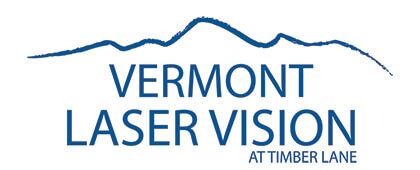Descemet’s Membrane Endothelial Keratoplasty (DMEK) is a partial thickness corneal transplant. During this procedure, the patient’s damaged endothelial layer is isolated and removed. A donor corneal endothelial layer is inserted onto the back surface of the patient’s cornea. A gas bubble is then inserted into the front of the eye to hold the donor tissue in position. The gas bubble is naturally absorbed by the eye within the first 4-7 days following surgery. In most cases, the donor tissue remains in good position as it heals in place but in some cases the tissue can dislocate, and a second gas bubble may be needed to reposition the donor, or it may need to be replaced with new donor tissue. Typically, there are no sutures required to hold the new cornea in place.
This technique holds many advantages over the traditional full-thickness corneal transplant and even some over DSAEK. Most patients begin to regain improved vision within the first few weeks following DMEK. Smaller surgical incisions lead to a faster recovery time and makes the eye less vulnerable to trauma when compared to full thickness transplant. Although DMEK has a higher risk of dislocation than DSAEK, DMEK offers the lowest risk of donor graft rejection compared to other forms of keratoplasty. Overall, for the appropriate candidate, DMEK offers an excellent alternative to other corneal transplantation techniques with faster visual recovery and lower risk of rejection.


